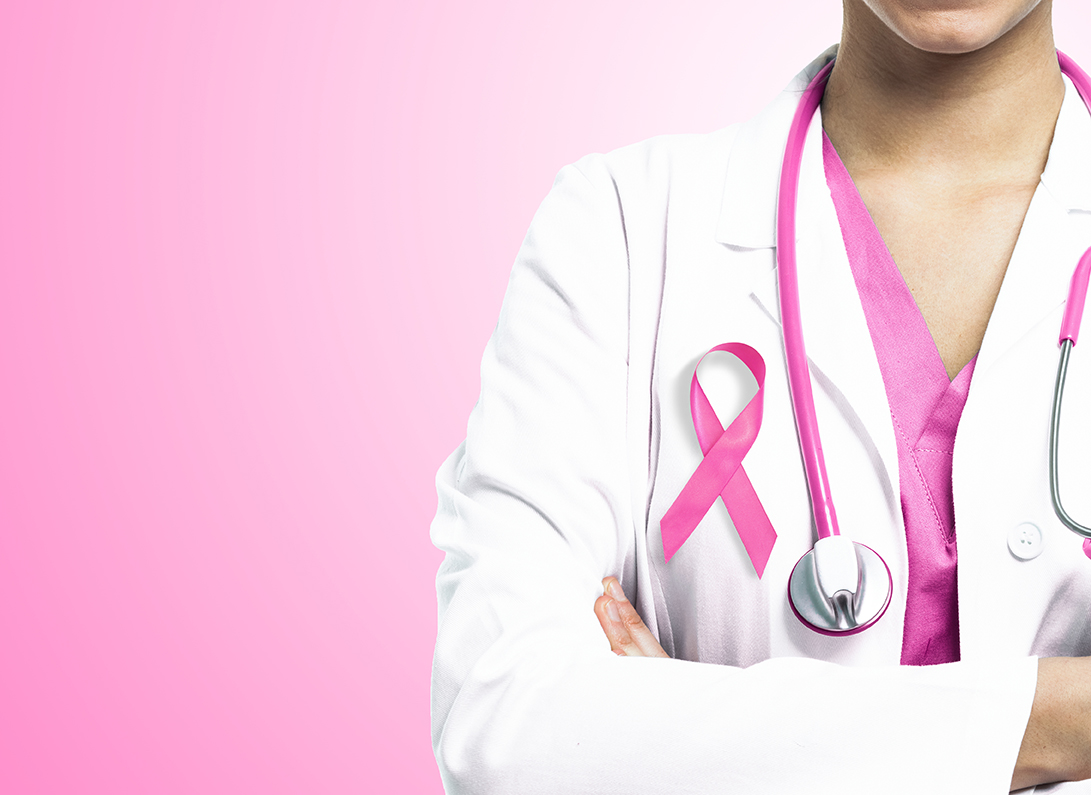Breast cancer is a type of cancer that starts in the breast, either in one or both breasts. Breast cancer is the most common cancer among Filipino women, and the third leading cause of cancer-related deaths in the country (next to lung and liver cancer).
Signs and symptoms
- A new lump or mass in the breast
- Swelling of all or part of a breast (even if no lump is felt)
- Skin dimpling (sometimes looking like an orange peel)
- Breast or nipple pain
- Nipple retraction (turning inward)
- Nipple or breast skin that is red, dry, flaking, or thickened
- Nipple discharge (other than breast milk)
- Swollen lymph nodes under the arm or near the collar bone
Benign vs. Malignant
It’s important to understand that most breast lumps are benign (non-cancer) and not cancer (malignant). Non-cancer breast tumors are abnormal growths, but they do not spread beyond the breast and are not life-threatening.
However, some types of benign breast lumps can increase a woman’s risk of developing breast cancer. If you notice any breast lump or change in your breast, consult your doctor to find out if it is benign or malignant (cancer) and if it might affect your future cancer risk.
Parts of the breast where cancer starts
Cancer that starts in the lobules, the glands that make breast milk, is called lobular cancer. The most common place for breast cancer to start is the ducts, which are small canals that come out from the lobules and carry the milk to the nipple. This is called ductal cancer.
There are less common types of breast cancer that can start in the nipple (Paget disease) and in the stroma (phyllodes tumor). The stroma is the fat and connective tissue surrounding the ducts and lobules that help keep them in place. Angiosarcoma is another less common type of breast cancer that can start in the lining of the blood vessels and lymph vessels also found in each breast.
How breast cancer spreads
Breast cancer can spread when the cancer cells enter the blood or lymph system and then are carried to other parts of the body. Most of the lymph vessels of the breast drain into lymph nodes under the arm, inside the chest near the breastbone, and around and below the collar bone.
If cancer cells have spread to the lymph nodes, there is a higher chance that the cells could have traveled through the lymph system and spread to other parts of the body, a process known as metastasis.
Consult your doctor for more information on breast cancer.
Shop at Watsons for your vitamins, supplements, prescription medications, and other essential healthcare needs.
RECOMMENDED PRODUCTS
References: https://www.philcancer.org.ph/wp-content/uploads/2017/07/2015-PCS-Ca-Facts-Estimates_CAN090516.pdf. Accessed 12 July 2022 https://www.cancer.org/cancer/breast-cancer/about/what-is-breast-cancer.html. Accessed 12 July 2022










